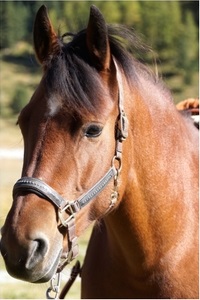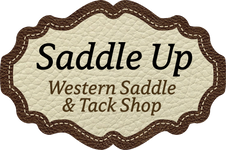The Importance of Groundwork
Posted by Saddle Up on Sep 20th 2017
Groundwork is simply described as working with your horse on the ground in a halter and lead rope. The importance of groundwork, however, can be seriously underrated. Groundwork is essential for establishing a solid foundation for your horse that will transfer into riding and everything else that you do with your horse. It teaches the horse boundaries, respect, manners, connection, and helps the horse overcome fears and to know what is expected of it in the human world. It helps create a bond between you and your horse and helps establish you as the leader in the relationship. It also helps you learn to listen to your horse and get to know your horse.
There are many different approaches to groundwork and many different exercises you can do. The options are almost limitless. But there are a few things that they all have in common and that is what we will be discussing here, to help you get started on your groundwork.
1. Hindquarters
You want to be able to move your horse’s hindquarters from both sides. The hind leg nearest to you should cross over the other hind leg as the horse moves. This will indicate that you are asking correctly and that the horse understands what you want. One way to start working on this is to apply pressure to the hip area of your horse until he crosses over without moving into your space. Be sure to take it slow, do both sides and reward your horse with a release of pressure when he does it correctly!
2. Forehand
You should also be able to move your horse’s forehand as you did the hindquarters. The same principles apply: put pressure on the horse’s shoulder until he crosses the leg nearest to you over the other one without moving into your space or ignoring you. You can also help him understand by guiding his head around. Be sure to do it on both sides, take it slow, and reward the correct movement!
3. Forwards and Backwards
Your horse should walk freely and easily beside you, not crowding and not stepping out in front. If you have a horse that is constantly in front of you, you can correct him by taking the end of the lead rope and apply pressure to his chest when he steps in front of you. Your horse should also back up when asked. You can do this by wiggling the lead rope, apply pressure to the halter, or using your lead rope to apply pressure to his chest.
Those are the basic commonalities of groundwork: being able to move the hindquarters, forehand, and moving the horse forward and backward. These then can be transferred to lunging and other groundwork exercises.

(free photo from Canva - https://www.canva.com/ )
“I love the horse from hoof to head. From head to hoof and tail to mane. I love the horse as I have said – From head to hoof and back again.” –James Whitcomb Riley
~ Saddle Up
